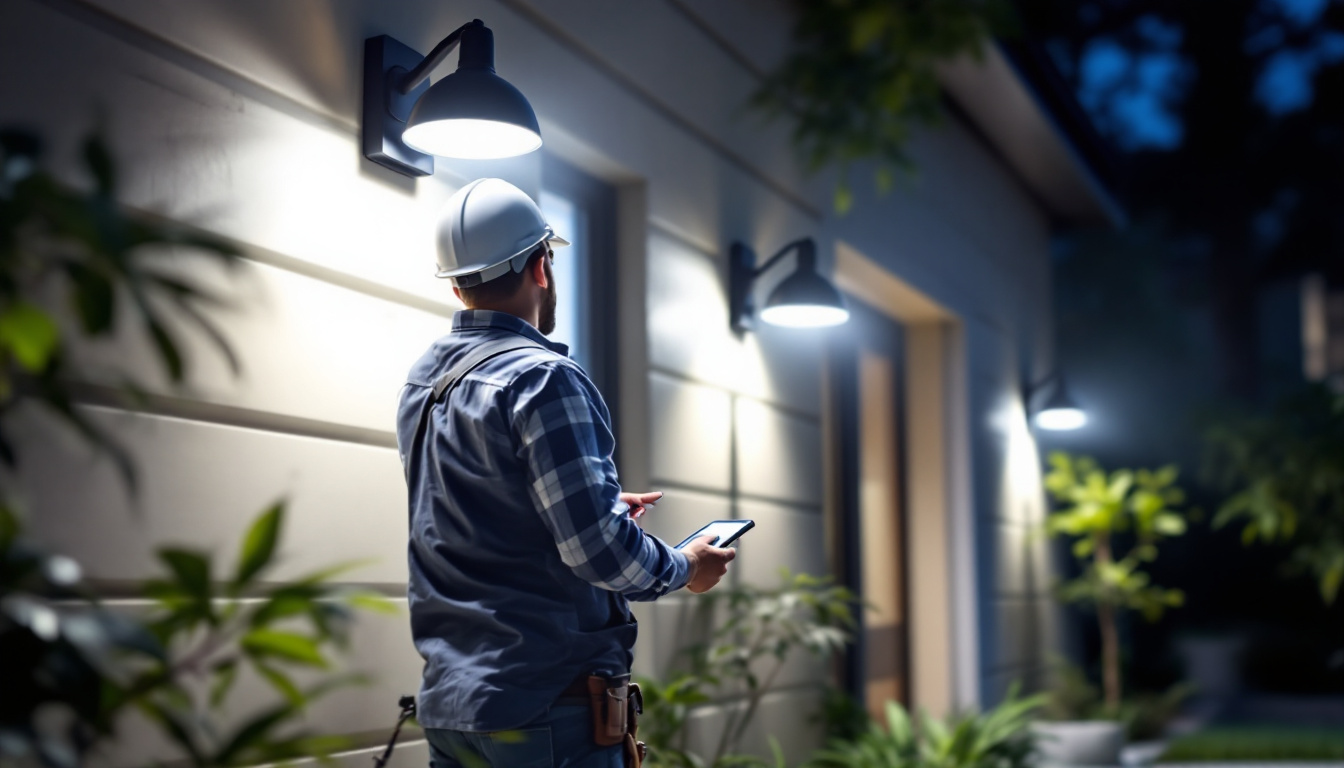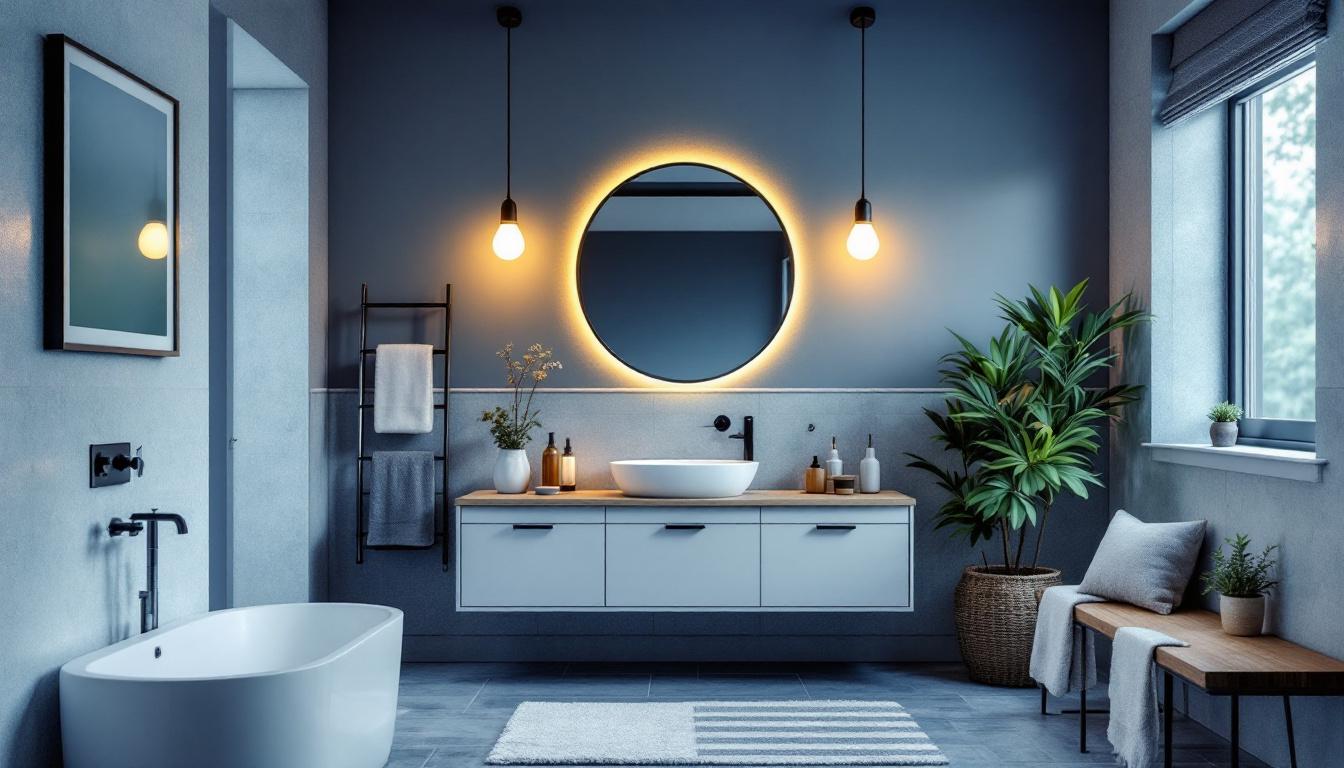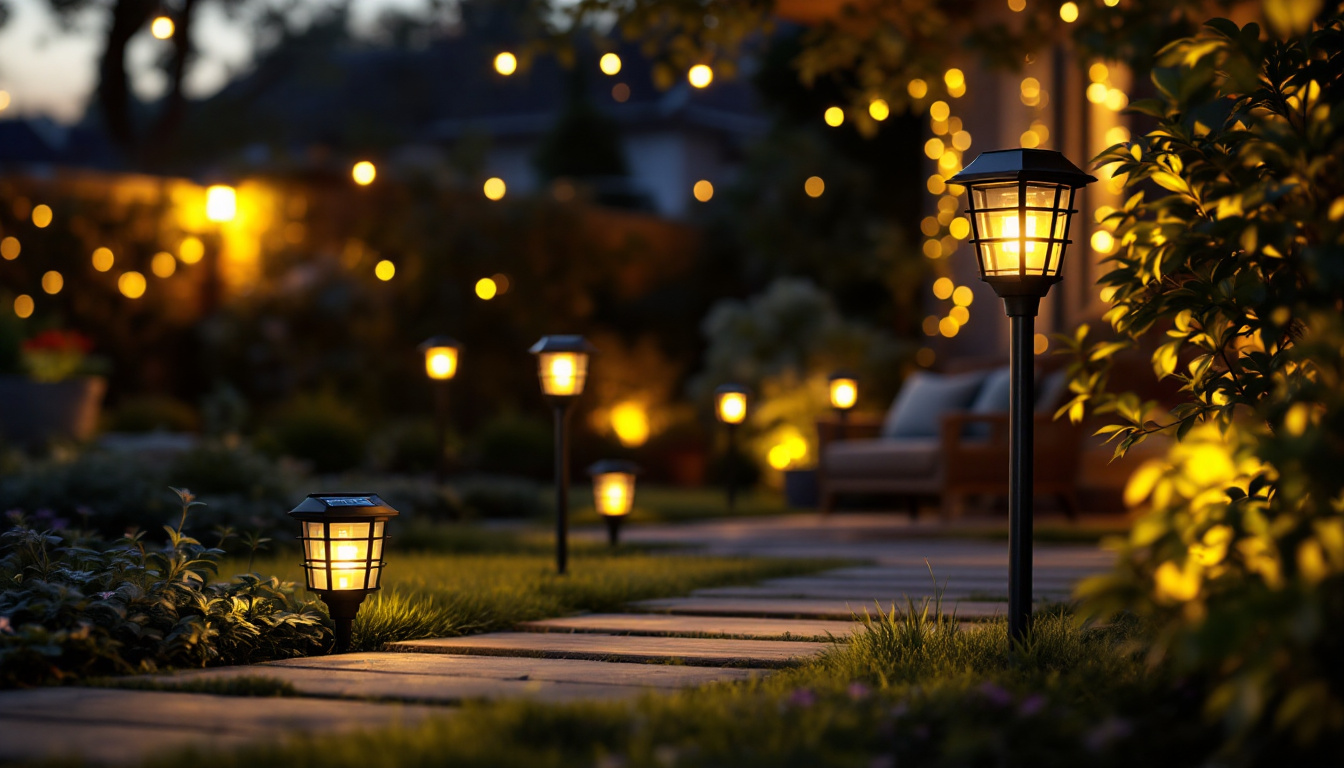
In the world of commercial and industrial lighting, the choice between T5 and T8 fluorescent lights is a common dilemma faced by lighting contractors. Both options have their unique advantages and disadvantages, making it essential for contractors to understand the nuances of each type. This article aims to demystify T5 and T8 lights, providing valuable insights that can aid in making informed decisions for various projects.
T5 and T8 lights refer to the diameter of the fluorescent tubes. The “T” stands for “tubular,” and the number indicates the diameter in eighths of an inch. Therefore, a T5 light has a diameter of 5/8 inch, while a T8 light has a diameter of 1 inch. This seemingly minor difference can significantly impact the performance, efficiency, and application of the lighting systems.
One of the most noticeable differences between T5 and T8 lights is their physical size. T5 tubes are slimmer and lighter, making them easier to install in tight spaces. This characteristic is particularly beneficial in applications where space is at a premium. For instance, in commercial kitchens or retail displays, where aesthetics and space efficiency are crucial, T5 lights can be seamlessly integrated into the design without overwhelming the surroundings. On the other hand, T8 tubes, being thicker, often provide a more robust structure, which can be advantageous in environments where durability is a concern. Their sturdiness makes them a preferred option in industrial settings where fixtures may be exposed to physical impacts or harsh conditions.
Energy efficiency is a critical factor in lighting design. T5 lights generally have a higher lumen output per watt compared to T8 lights. This means that T5 fixtures can produce more light while consuming less energy. For contractors, this can translate to lower energy bills for clients and a reduced carbon footprint. Additionally, T5 lights often have a longer lifespan, which further enhances their cost-effectiveness over time. However, it’s essential to consider the overall system efficiency, including ballast performance, when making comparisons. T8 lights, while slightly less efficient, have made significant advancements in technology, and with the introduction of electronic ballasts, they can also achieve impressive energy savings. Thus, when selecting between T5 and T8, it’s crucial to evaluate the specific needs of the application, including light quality, installation costs, and long-term energy savings, to make an informed decision that best meets the project’s requirements.
When evaluating T5 and T8 lights, performance and lifespan are crucial metrics that can influence the choice of lighting. Understanding how each type performs under different conditions can help contractors make the best decision for their projects.
T5 lights typically offer higher lumen outputs, making them suitable for applications requiring bright, focused lighting. They are often available in various color temperatures, allowing for customization based on the specific needs of a space. T8 lights, while slightly lower in lumen output, still provide adequate lighting for most applications and are available in a range of color temperatures as well. The versatility of T5 lights in color temperature options means they can cater to diverse environments, from the warm glow of a cozy café to the cool, crisp light needed in a medical facility. This adaptability not only enhances the aesthetic appeal of a space but also contributes to the overall functionality, ensuring that the lighting complements the activities being performed.
The lifespan of T5 lights generally exceeds that of T8 lights. T5 tubes can last up to 30,000 hours, while T8 tubes typically last around 20,000 hours. This extended lifespan can lead to reduced maintenance costs and fewer replacements, making T5 lights an attractive option for contractors looking to minimize long-term expenses for their clients. Additionally, the longer lifespan of T5 lights means they are less likely to fail unexpectedly, providing peace of mind for facility managers and reducing downtime in commercial settings. Furthermore, the energy efficiency of T5 lights contributes to lower operational costs, as they consume less power over their lifespan compared to T8s. This efficiency not only benefits the environment by reducing energy consumption but also aligns with the growing trend toward sustainable building practices, making T5 lights a smart choice for modern projects focused on eco-friendliness.
Installation is another critical aspect that lighting contractors must consider when choosing between T5 and T8 lights. The installation process can vary significantly between the two types, affecting labor costs and project timelines.
When replacing existing lighting, compatibility with existing fixtures is a significant concern. T5 and T8 lights require different ballasts, which means that if a contractor is replacing an old T8 system with T5 lights, the ballast will also need to be changed. This can add to the overall cost and complexity of the project. Understanding the existing infrastructure is vital for making the right choice. Additionally, contractors should be aware of the physical dimensions of the fixtures; T5 lamps are typically slimmer and can fit into more compact spaces, but this may necessitate adjustments to the fixture housing or mounting hardware, further complicating the installation process.
Due to their smaller size, T5 lights can sometimes be easier to handle and install in tight spaces. However, the need for new ballasts and potentially more complex wiring can offset this advantage. Contractors should assess the specific project requirements and weigh the installation time and labor costs associated with each type of light. Furthermore, the learning curve associated with new technologies should not be overlooked. If a contractor is more familiar with T8 systems, transitioning to T5 might require additional training or research, which could lead to longer installation times and increased labor costs. Moreover, the choice of lighting can also impact the overall energy efficiency of the installation, as T5 lights generally offer higher lumens per watt compared to T8, which may influence the long-term operational costs and energy savings for the client.
Cost is a significant factor in any lighting project. Contractors must consider not only the initial purchase price of T5 and T8 lights but also the long-term operational costs associated with each option.
Generally, T5 lights tend to have a higher upfront cost compared to T8 lights. This is primarily due to their advanced technology and higher efficiency. While this may deter some clients, it’s essential to communicate the long-term savings associated with energy efficiency and reduced maintenance costs. Providing a comprehensive cost analysis can help clients see the bigger picture.
While T5 lights may require a higher initial investment, their energy efficiency and longer lifespan can lead to significant savings over time. Contractors should present a clear comparison of the total cost of ownership for both options, including energy costs, maintenance, and replacement frequency. This information can be instrumental in helping clients make informed decisions.
Understanding the applications and use cases for T5 and T8 lights can further guide contractors in making the right choice for their projects. Each type has its strengths and is better suited for specific environments.
T5 lights are often favored in environments requiring high-intensity lighting, such as gymnasiums, warehouses, and manufacturing facilities. Their superior lumen output makes them ideal for spaces where visibility is paramount. Additionally, T5 lights are commonly used in horticultural applications due to their ability to deliver a full spectrum of light, promoting healthy plant growth.
T8 lights are widely used in commercial settings, including offices, retail spaces, and schools. Their softer light output is often more suitable for environments where a comfortable and inviting atmosphere is desired. T8 lights are also a popular choice for retrofitting existing fluorescent systems, making them a versatile option for contractors working on renovation projects.
The lighting industry is continually evolving, with advancements in technology influencing the future of T5 and T8 lights. Staying informed about these trends can help contractors remain competitive and provide the best solutions for their clients.
As LED technology continues to advance, many contractors are exploring the option of LED replacements for traditional fluorescent lighting. LED lights offer numerous benefits, including even greater energy efficiency, longer lifespans, and reduced maintenance costs. While T5 and T8 lights are still widely used, contractors should consider the potential of LED solutions as a viable alternative for their projects.
The rise of smart lighting solutions is another trend impacting the lighting industry. Integrating smart technology into lighting systems can enhance energy efficiency and provide greater control over lighting conditions. Contractors should familiarize themselves with smart lighting options and consider how they can be integrated with T5 and T8 systems to meet the evolving needs of clients.
Choosing between T5 and T8 lights is a decision that requires careful consideration of various factors, including energy efficiency, performance, installation, and cost. Each type has its unique advantages and is suited for different applications. By understanding the nuances of T5 and T8 lights, lighting contractors can make informed decisions that best meet the needs of their clients.
As the lighting industry continues to evolve, staying informed about emerging trends and technologies will be essential for contractors looking to remain competitive. Whether opting for T5, T8, or exploring LED alternatives, the goal should always be to provide clients with the most effective and efficient lighting solutions available.
Ready to elevate your lighting game? At LumenWholesale, we provide lighting contractors with the finest spec-grade T5 and T8 lights, ensuring you have access to the best products for any project. Say goodbye to local distributor markups and hello to unbeatable wholesale prices, top-quality lighting, and the convenience of free shipping on bulk orders. Don’t compromise on quality or cost. Choose LumenWholesale for Wholesale Lighting at the Best Value and light up your clients’ spaces with confidence and efficiency.

Discover how TIG welding torches are revolutionizing the lighting industry by enhancing precision, efficiency, and versatility for contractors.

Discover the essential considerations for lighting contractors when installing motion detector lights outdoors.

Discover essential insights into bathroom bulb lights with our comprehensive guide tailored for lighting contractors.

Discover the essential insights lighting contractors need about outside solar lights.